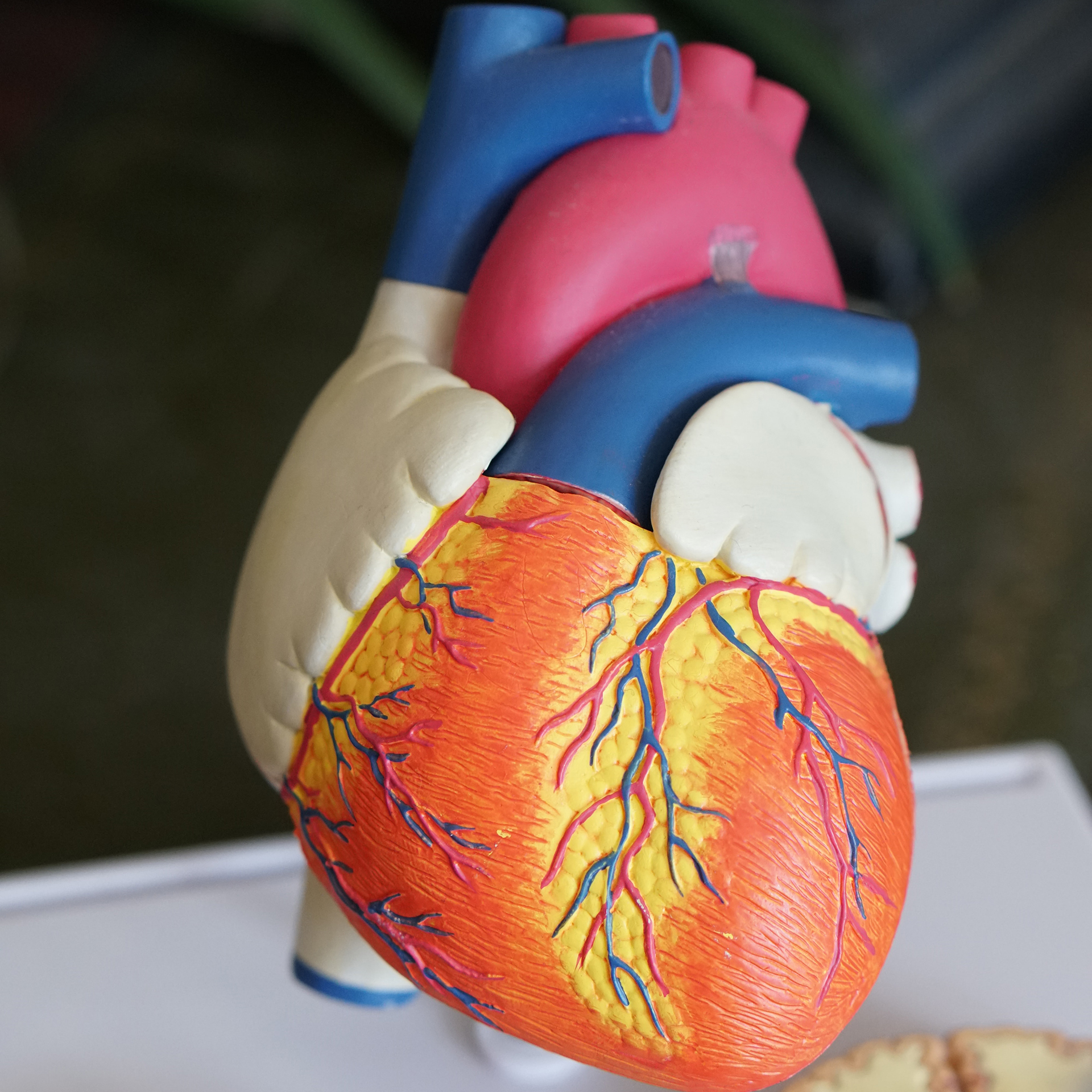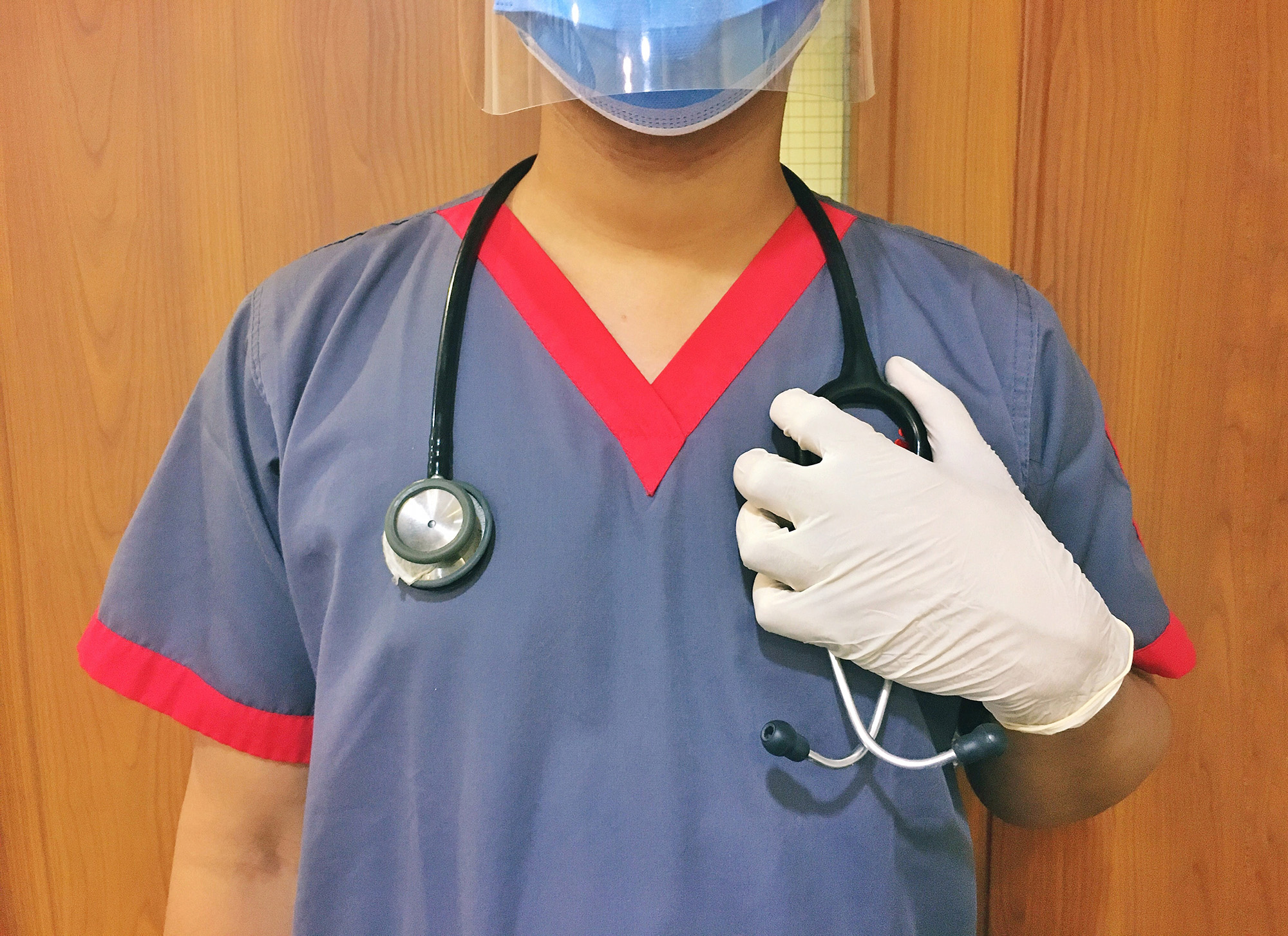By Wei-Ann Bay, M.D., Chief Medical Officer, Blue Cross and Blue Shield of New Mexico
As we age, our vision changes. The changes can affect our ability to do daily things like read the newspaper or, more significantly, drive safely. Eye diseases are common and can result in problems ranging from blurry vision to blindness. As our aging population increases, the number of people with vision loss will increase. In fact, vision loss is considered a public health problem. It is estimated that as many as 80 million Americans have potentially blinding eye diseases, and the cost of vision loss is estimated to be $35 billion or more.
What are the common eye diseases?
The common eye diseases are refractive errors, cataracts, macular degeneration, retinopathy and glaucoma. Refractive errors are the most common eye problems. This condition is usually corrected with a pair of glasses. Presbyopia, or trouble focusing up close, is an example of a refractive error related to aging. Many of us started experiencing presbyopia in our 40s and 50s. Cataracts occur when the lens in your eye becomes cloudy. Things may look blurry, hazy or less colorful. This can be treated with surgery that removes the cloudy lens and replaces it with a clear, artificial lens.
Which eye diseases can lead to blindness?
Macular degeneration, diabetic retinopathy and glaucoma are common eye diseases that can lead to blindness if not treated.
Macular degeneration, also known as age-related macular degeneration, causes loss of central vision. The cause is still unclear, but the risk increases with age. Objects look blurry in the center of your vision and clearer off to the sides. There are two types of macular degeneration: wet and dry. This condition can be treated with a certain combination of vitamins and minerals, special medicines called vascular endothelial growth factor (VEGF) inhibitors that go directly into the eye, or other treatments.
The most common form of retinopathy is diabetic retinopathy. Diabetic retinopathy is a complication of uncontrolled diabetes. High blood sugars can lead to damaged blood vessels in the eyes, causing decreased blood flow and abnormal growth of new blood vessels. This condition can be treated with laser surgery, VEGF inhibitors, and surgery if needed to remove blood from the vitreous humor. The vitreous humor is the clear, gel-like fluid behind the lens in the eyeball. Retinopathy can also be caused by uncontrolled high blood pressure.
Glaucoma is a disease that affects the main nerve in the eye called the optic nerve. There are two types of glaucoma: open-angle (the more common one) and angle-closure. Open-angle usually does not cause symptoms. However, when vision loss is noticed, it is described as having tunnel vision — vision is clear in the center but not off to the side (opposite of macular degeneration). Angle-closure glaucoma happens when the fluid-draining system in the eye gets blocked, which can cause the eye pressure to rise. Both types of glaucoma can lead to blindness if not treated. Treatment usually involves medicines, laser therapy, or surgery, depending on the type of glaucoma.
What symptoms should I be looking for?
Call or see your doctor as soon as possible if you have eye pain, a red eye, drainage from your eye, decreased vision in general, double vision, flashes of lights, floaters (tiny specks that float before your eyes), or circles arounds lights (halos). But remember, some eye diseases have no symptoms, and the only way to find out is by getting an eye exam.
What is my action plan?
Just like taking care of your heart or your lungs, taking care of your eyesight is equally important. The only way to know if you have eye disease or have risk for vision loss is to get regular eye exams. Eating a healthy diet with lots of fruits and leafy green vegetables can provide the important vitamins and minerals your eyes need. Always wear sunglasses with UV protection to cut down on the harmful radiation from the sun. Be sure to know your family’s eye health history and share that with your health care provider. Stop smoking — smoking has been related to an increased risk for eye diseases.
If you have a health question that you would like to be considered in Ask a Health Care Professional, please email AskHealthcareProfessional@bcsbsnm.com. BCBSNM will select questions that may appear. Questions will not be personally answered. The opinions expressed in this column are solely those of the author and not necessarily those of BCBSNM. This column is not intended to be a substitute for professional medical care.














